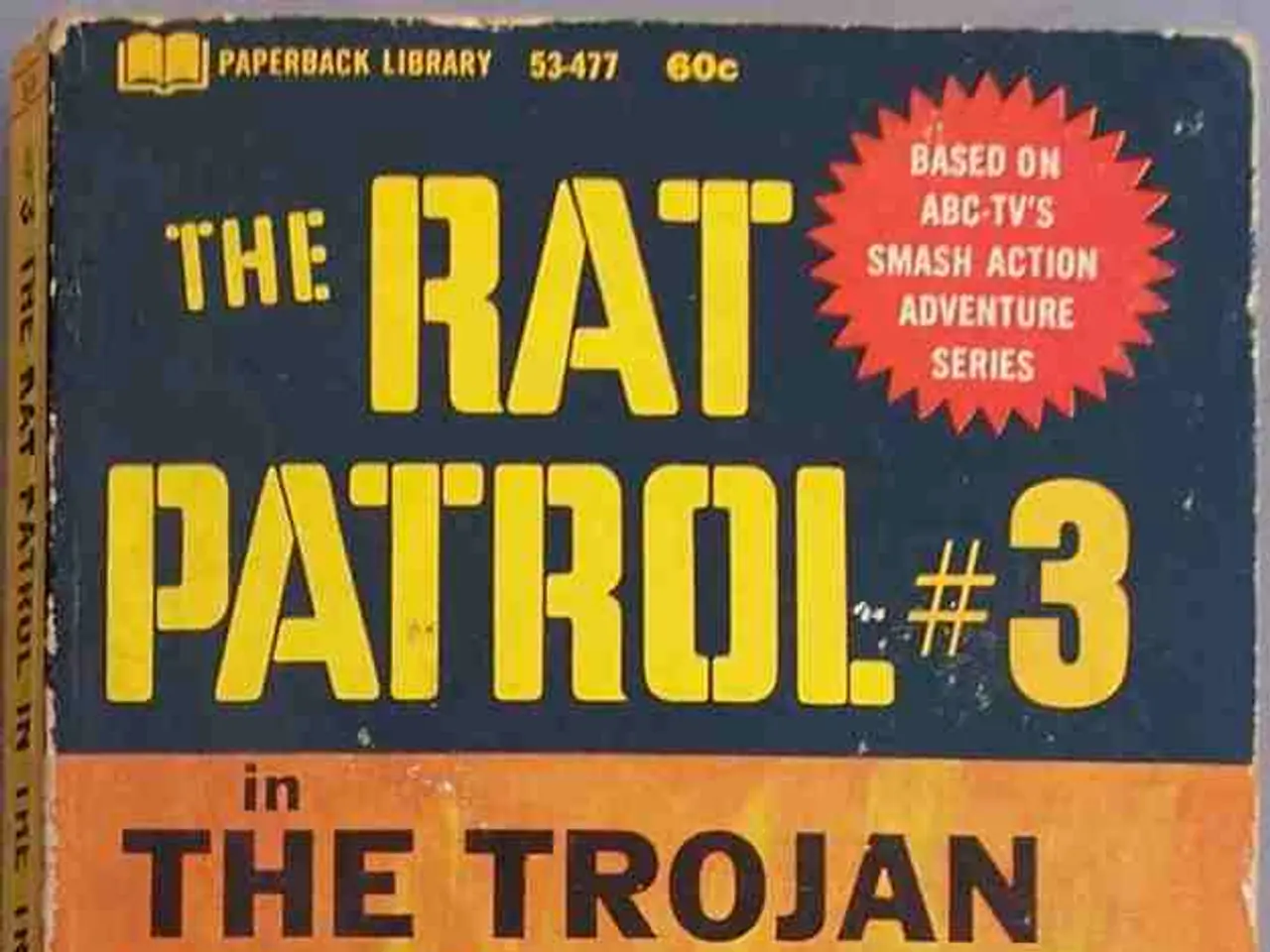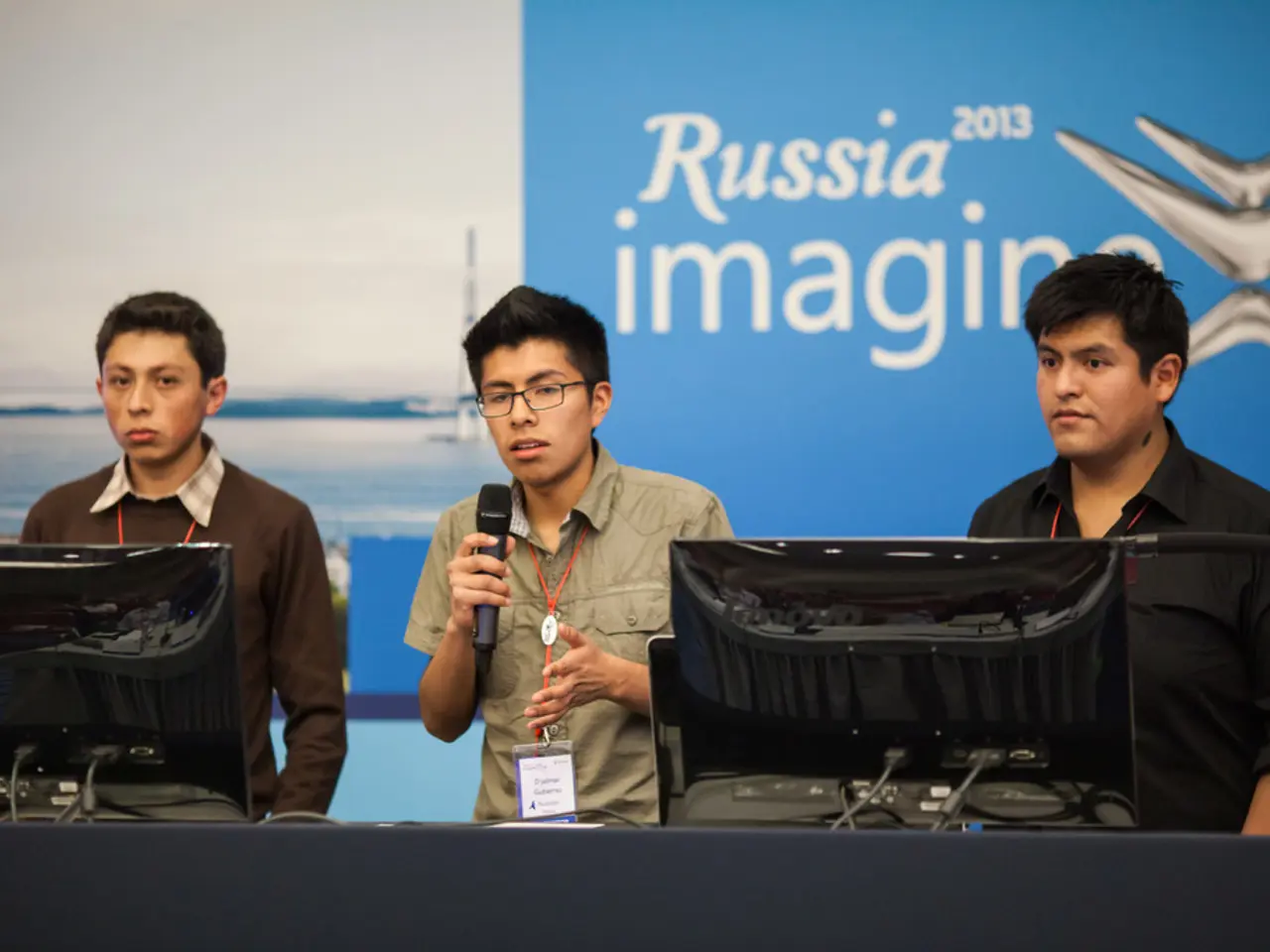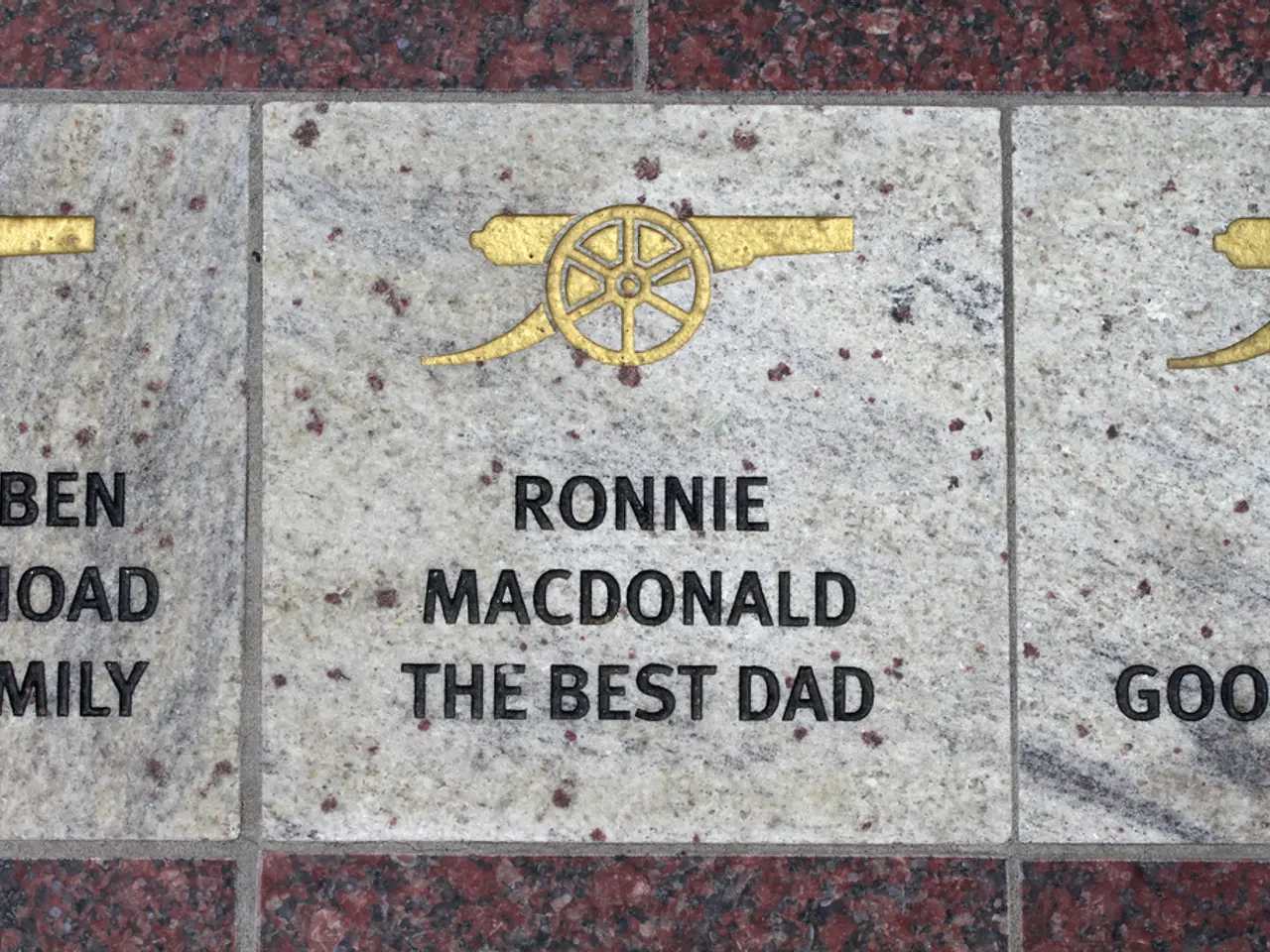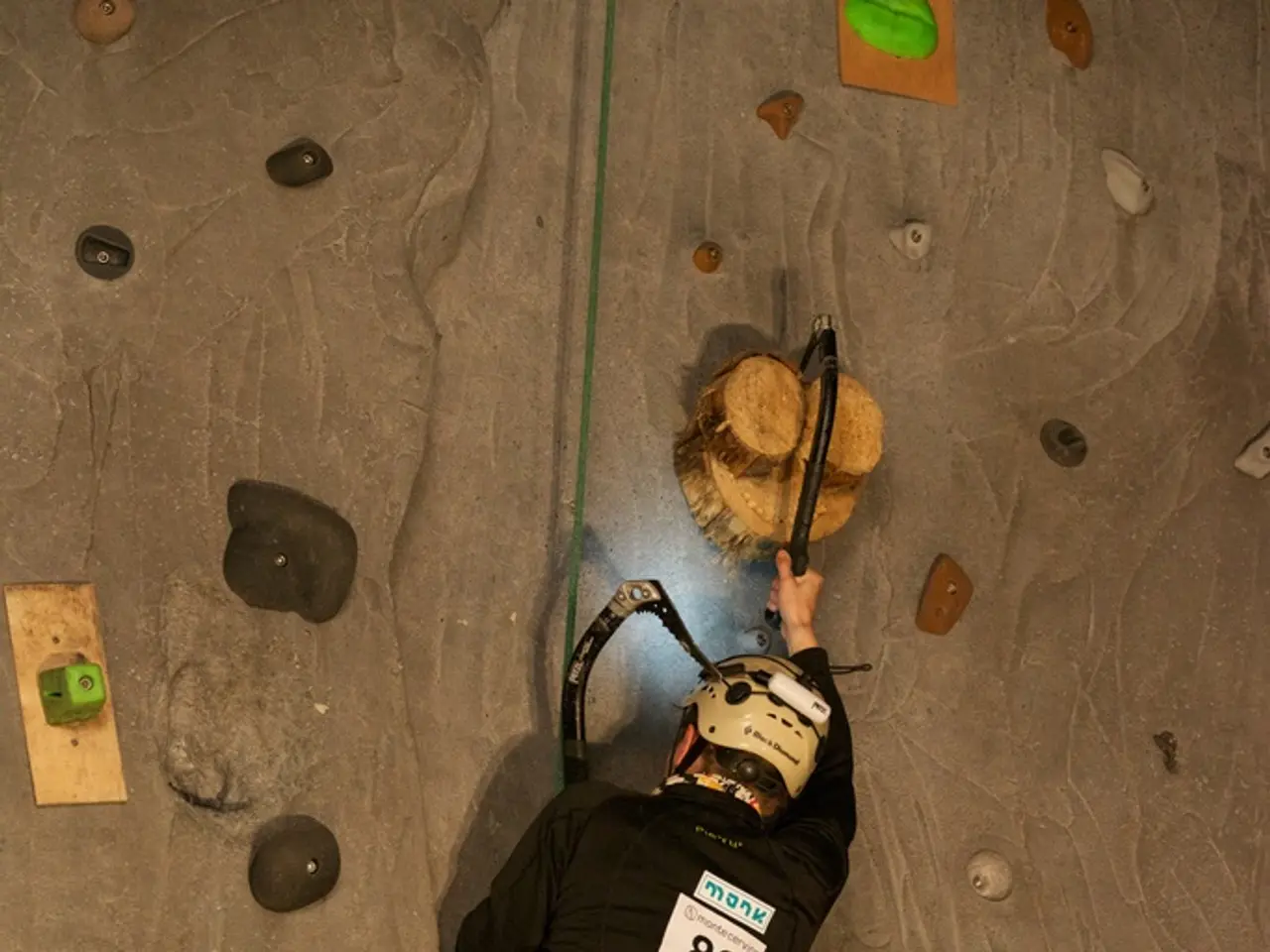Atomic bomb detonation in World War II revealed a chilling scene: bodies resembled hanging ribbons from bones, while ghostly figures lay crumpled, never to rise, showcasing the grim realities of the atrocities.
The final stages of World War II in 1945 were marked by escalating demands for Japan's surrender and strategic military operations. Despite severe conventional bombing and a crippling blockade, Japan still refused to surrender.
On August 6, 1945, the B-29 bomber, Enola Gay, dropped the first atomic bomb, "Little Boy", on Hiroshima. The bomb was released at around 8:15 am local time from an altitude of 31,000 feet, with no opposition encountered in the skies.
Three days later, on August 9, the B-29 Bockscar was tasked to drop the second atomic bomb, "Fat Man", on the intended primary target, Kokura. Due to poor visibility, multiple attempts over about 45 minutes failed to secure a clear bombing sight. The crew then diverted to their secondary target, Nagasaki. The bomb was dropped successfully there at about 11:02 am local time.
Between these two bombings, the Soviet Union entered the war against Japan by invading Manchuria on August 8, fulfilling their Yalta agreement with the Allies. Japan’s government remained unresponsive until after Nagasaki was bombed, with Emperor Hirohito announcing acceptance of the Allied Potsdam Declaration terms on August 12, effectively signaling Japan's surrender and ending the war.
The first atomic bomb was used on August 6, 1945, and caused immediate death to over 100,000 people in Hiroshima. The bombing also caused radiation poisoning and injuries to many survivors. The bomb was carried by a US Boeing B-29 Superfortress bomber named Enola Gay.
In the aftermath, Enola Gay landed back on Tinian 12 hours and 13 minutes after take-off. The crew underwent radiation tests and examinations, all passing. US President Harry Truman approved the bombing of Hiroshima, and the bombing occurred in Hiroshima, Japan.
The second atomic bomb, "Fat Man", detonated 1,650ft above the harbour city of Nagasaki at 11:02 am local time. The bombing, along with the Soviet Union's entry into the war, pressured Japan into surrendering unconditionally. Japanese Emperor Hirohito announced this on August 12, signaling the end of World War II.
- War-and-conflicts and politics: The Soviet Union's entry into the war against Japan on August 8, 1945, following the Yalta agreement with the Allies, significantly influenced Japan's political landscape and strategy, pressuring Japan to surrender unconditionally.
- General-news and war-and-conflicts: The second atomic bomb, "Fat Man", dropped by the US on Nagasaki on August 9, 1945, and the subsequent entry of the Soviet Union into the war against Japan, were major news events during the final stages of World War II, as they played significant roles in Japan's surrender.







